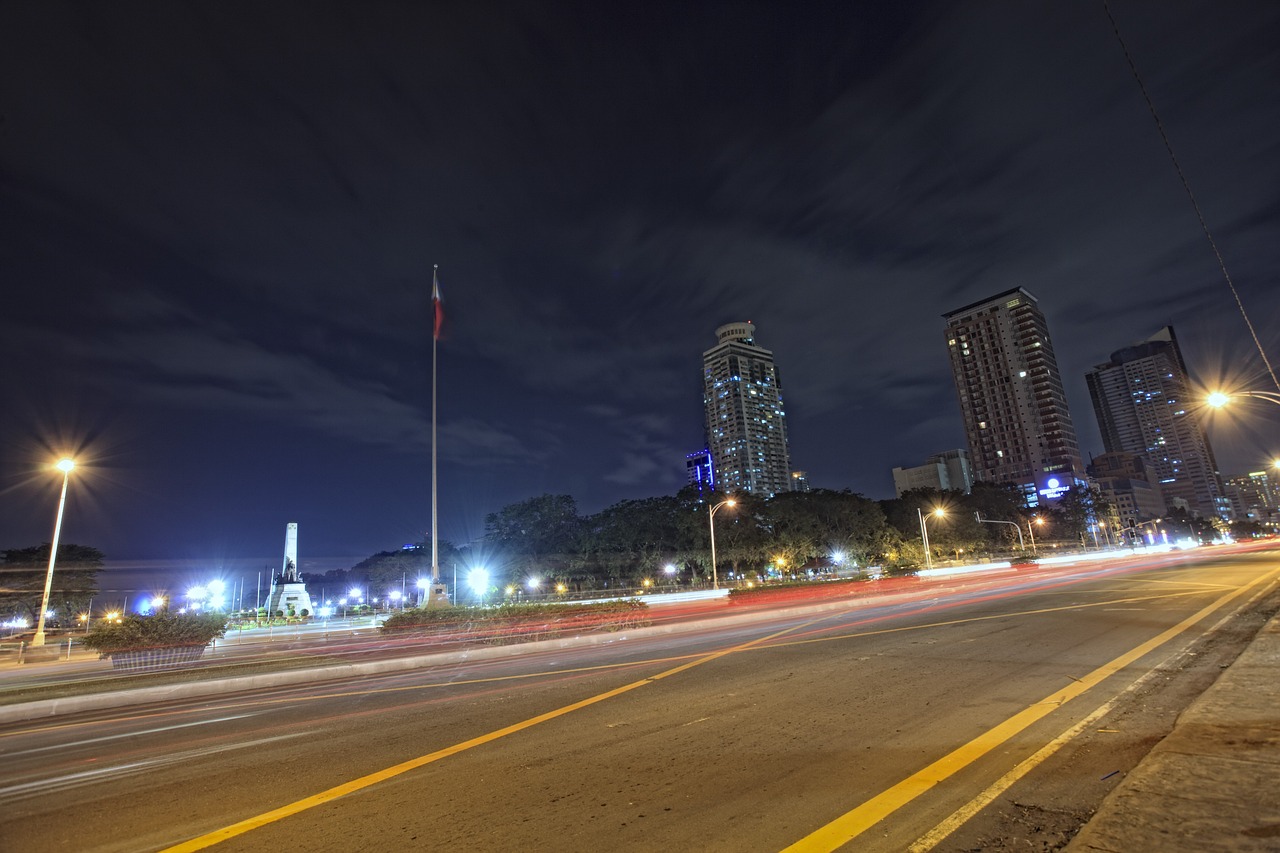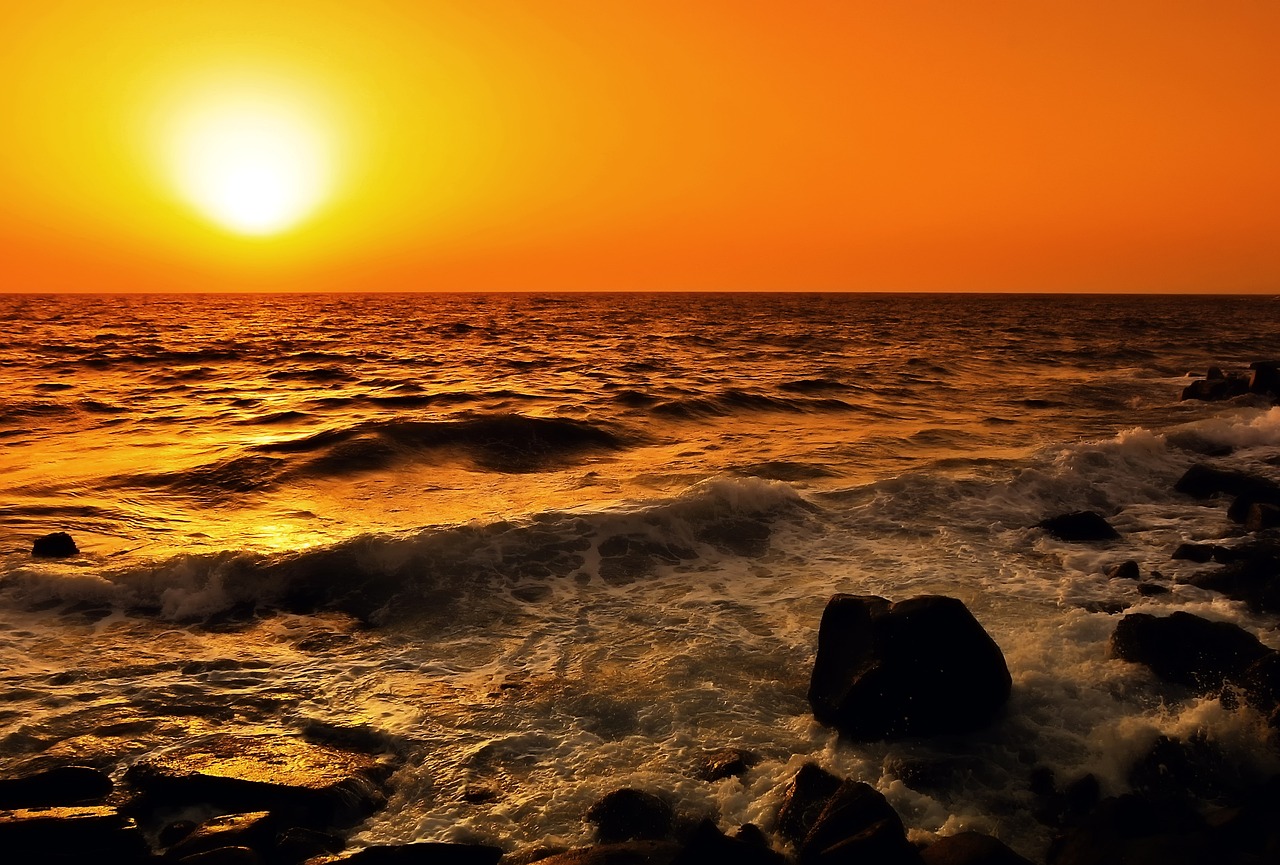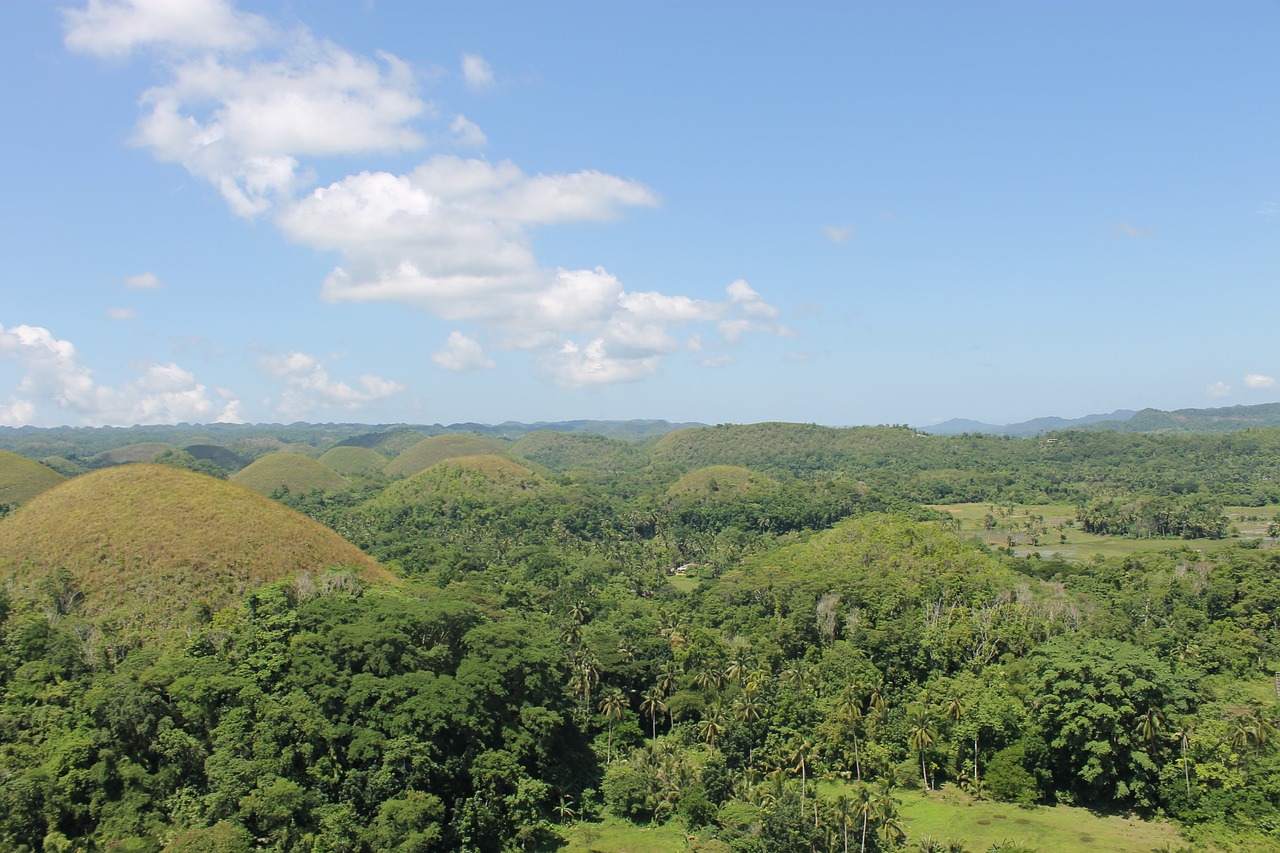Philippines Video
Celebrating Global Festivals with Locals in the Philippines
The Philippines is a vibrant and diverse country known for its rich cultural heritage and colorful festivals. Celebrating global festivals with locals in the Philippines offers a unique opportunity to immerse yourself in the local traditions, experience the warmth of Filipino hospitality, and create unforgettable memories. From religious processions to street parades, here are twelve festivals in the Philippines where you can celebrate alongside the locals.
Sinulog Festival
The Sinulog Festival is held every third Sunday of January in Cebu City. It is one of the grandest and most popular festivals in the Philippines, attracting both locals and tourists. The festival commemorates the Filipino people’s conversion to Christianity and honors the Santo Niño, the child Jesus. During the festival, participants dress in vibrant costumes and perform traditional dances to the beat of drums and gongs. The highlight of the Sinulog Festival is the grand street parade, where contingents from different barangays showcase their choreographed dances.
- Street Dancing Competition: Witness the colorful street dancing competition, where participants showcase their choreographed dances and vibrant costumes.
- Fluvial Procession: Join the fluvial procession, a boat parade that carries the Santo Niño image along the Mactan Channel.
- Religious Procession: Take part in the religious procession, where devotees carry the Santo Niño image through the streets of Cebu City.
Ati-Atihan Festival
The Ati-Atihan Festival is celebrated in Kalibo, Aklan every third Sunday of January. It is one of the oldest and most famous festivals in the Philippines, dating back to the 13th century. The festival pays homage to the country’s indigenous people, the Aetas, and their friendship with the Malays. Participants paint their faces with black soot and wear traditional Visayan attire, mimicking the Aetas’ appearance. The main highlight of the Ati-Atihan Festival is the street procession, where participants dance and chant “Hala Bira!” while carrying images of Santo Niño.
- Street Procession: Join the lively street procession, where participants dance and chant while carrying images of Santo Niño.
- Trade Fair: Explore the trade fair, featuring local products and delicacies from Aklan and neighboring provinces.
- Balik-Ati Night: Attend the Balik-Ati Night, a cultural show that highlights the traditions and dances of the Ati people.
Pahiyas Festival
The Pahiyas Festival is celebrated on May 15th in Lucban, Quezon. It is a harvest festival that showcases the bountiful harvest of rice and other agricultural products. The highlight of the Pahiyas Festival is the colorful decoration of houses with kiping, rice grains, fruits, vegetables, and other agricultural products. Locals compete to have the most creatively decorated house, and visitors can enjoy the vibrant display while sampling local delicacies.
- House Decoration Contest: Marvel at the creatively decorated houses adorned with kiping, rice grains, fruits, and vegetables.
- Street Parade: Watch the colorful street parade, featuring locals in traditional attire and lively music.
- Food Bazaar: Indulge in a variety of local delicacies and traditional Filipino dishes at the food bazaar.
Kadayawan Festival
The Kadayawan Festival is celebrated in Davao City every third week of August. It is a week-long celebration of Davao’s cultural heritage, bountiful harvest, and appreciation for the indigenous tribes in the region. The festival showcases street dances, floral floats, and trade fairs. Visitors can also witness the indigenous peoples’ rituals and traditions, including the Panagtagbo and Pamulak Kadayawan, where tribes present their bountiful harvest and perform traditional dances.
- Indigenous Tribal Showcases: Witness the indigenous tribes’ traditional dances, rituals, and art exhibits showcasing their rich cultural heritage.
- Floral Float Parade: Marvel at the colorful floral floats parading along the streets of Davao City.
- Trade Fair: Explore the trade fair, featuring local products, handicrafts, and delicacies.
MassKara Festival
The MassKara Festival is celebrated in Bacolod City every October. It is a joyful and vibrant festival that originated as a response to the challenges faced by the city in the 1980s. The festival aims to uplift the spirits of the Bacolodnons through colorful masks and costumes, street dancing, and live music. The highlight of the MassKara Festival is the street dance competition, where participants wear elaborate masks and costumes while dancing to lively music.
- Street Dance Competition: Experience the energetic street dance competition, where participants wear elaborate masks and costumes.
- Food Festival: Sample delicious local delicacies and international cuisines at the food festival.
- Electric MassKara: Enjoy the Electric MassKara, a night parade featuring illuminated floats and street performances.
Feast of the Black Nazarene
The Feast of the Black Nazarene is celebrated on January 9th in Manila. It is one of the most fervently celebrated religious events in the Philippines, attracting millions of devotees. The festival commemorates the transfer of the Black Nazarene image from the Intramuros to the Quiapo Church. Devotees join the procession, pulling the carriage carrying the Black Nazarene while shouting “Viva Señor!”
- Traslacion: Witness the Traslacion, the grand procession of the Black Nazarene image from the Quirino Grandstand to the Quiapo Church.
- Pahalik: Join the devotees in the Pahalik, where people line up to kiss or touch the Black Nazarene image for blessings.
- Prayer Vigils: Attend the overnight prayer vigils held in different churches leading up to the Feast of the Black Nazarene.
Ati-Atihan de Cebu
Ati-Atihan de Cebu is a smaller version of the Ati-Atihan Festival celebrated in Kalibo, Aklan. It takes place in Cebu City during the third Sunday of January. The festival showcases the same vibrant street dancing and chanting as the original Ati-Atihan Festival. Participants paint their faces with black soot and wear traditional Visayan attire, immersing themselves in the festive atmosphere.
- Street Dancing: Experience the lively street dancing, as participants mimic the appearance of the Aetas and chant “Hala Bira!”
- Parade of Costumes: Marvel at the colorful costumes and traditional attire worn by the festival participants.
- Food Stalls: Enjoy a variety of local delicacies and street food from the food stalls lining the festival route.
Panagbenga Festival
The Panagbenga Festival, also known as the Flower Festival, is celebrated in Baguio City every February. The festival showcases colorful flower floats, street dancing, and other cultural events. Visitors can witness the grand float parade, where intricately decorated floats adorned with vibrant flowers parade through the city streets. The festival also includes a variety of activities such as flower exhibits, trade fairs, and fireworks displays.
- Grand Float Parade: Marvel at the intricately decorated flower floats parading through the streets of Baguio City.
- Street Dancing Competition: Enjoy the energetic street dancing competition, featuring participants in floral-inspired costumes.
- Panagbenga Night Market: Explore the night market, offering a wide array of local products, handicrafts, and food stalls.
Pintados-Kasadyaan Festival
The Pintados-Kasadyaan Festival is celebrated in Tacloban City, Leyte every June 29th. The festival showcases the rich cultural heritage of the region, with participants painted in traditional tattoos or “pintados.” The festival features street dancing, cultural shows, and exhibits. Visitors can witness the colorful street parade, where participants don traditional attire and showcase the region’s customs and traditions.
- Street Parade: Watch the vibrant street parade, featuring participants adorned with traditional tattoos and costumes.
- Cultural Exhibits: Explore the cultural exhibits, showcasing the history and traditions of the region.
- Tattoo Competition: Witness the tattoo competition, where artists showcase their skills and creativity in traditional tattoo designs.
Aliwan Fiesta
The Aliwan Fiesta is an annual cultural extravaganza held in Manila, showcasing the best of the Philippines’ regional festivals. Participants from different provinces compete in various categories, including street dancing, float design, and beauty pageants. The festival offers a glimpse into the diverse cultures and traditions of the country, all in one grand celebration.
- Street Dance Competition: Experience the energetic street dance competition, featuring participants from different provinces showcasing their unique cultural dances.
- Float Parade: Marvel at the elaborate floats adorned with colorful decorations and representing different regions of the Philippines.
- Reyna ng Aliwan: Witness the beauty pageant, where representatives from different festivals compete for the title of Reyna ng Aliwan (Queen of Aliwan).
Kaamulan Festival
The Kaamulan Festival is celebrated in Malaybalay City, Bukidnon every March. It is a gathering of the seven indigenous tribes of Bukidnon to celebrate their customs, traditions, and rituals. The festival features street dancing, cultural shows, and a variety of tribal competitions. Visitors can witness the colorful street parade, where participants showcase their traditional attire and perform tribal dances.
- Street Parade: Enjoy the vibrant street parade, featuring participants in traditional attire and showcasing the rich cultural heritage of the indigenous tribes.
- Indigenous Tribal Games: Witness the indigenous tribal games, where participants showcase their skills in traditional sports and activities.
- Cultural Performances: Attend the cultural shows, featuring traditional music, dances, and rituals of the indigenous tribes.
Philippines Image 1:

Philippines Image 2:

Philippines Image 3:

References
– sinulog.ph
– kaliboatiatihan.ph
– lucban.gov.ph
– kadayawan.com
– masskarafestival.ph
– quiapochurch.com
– panagbengaflowerfestival.com
– pintadosfoundation.org
– aliwanfiesta.com.ph
– kaamulanfestival.com


